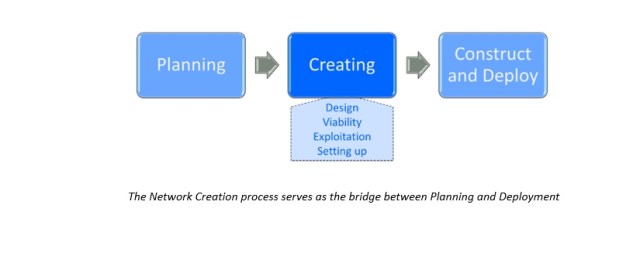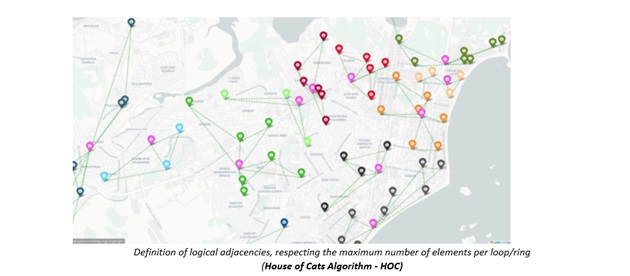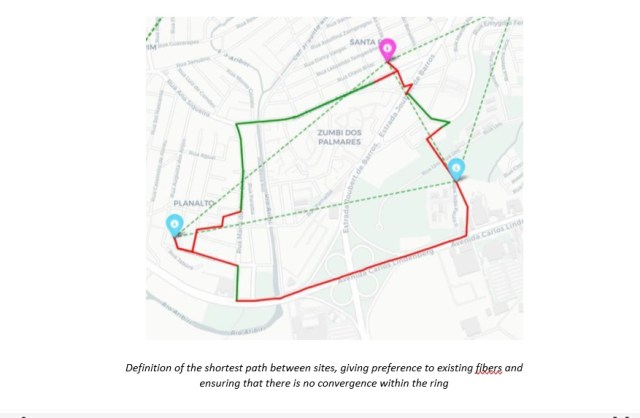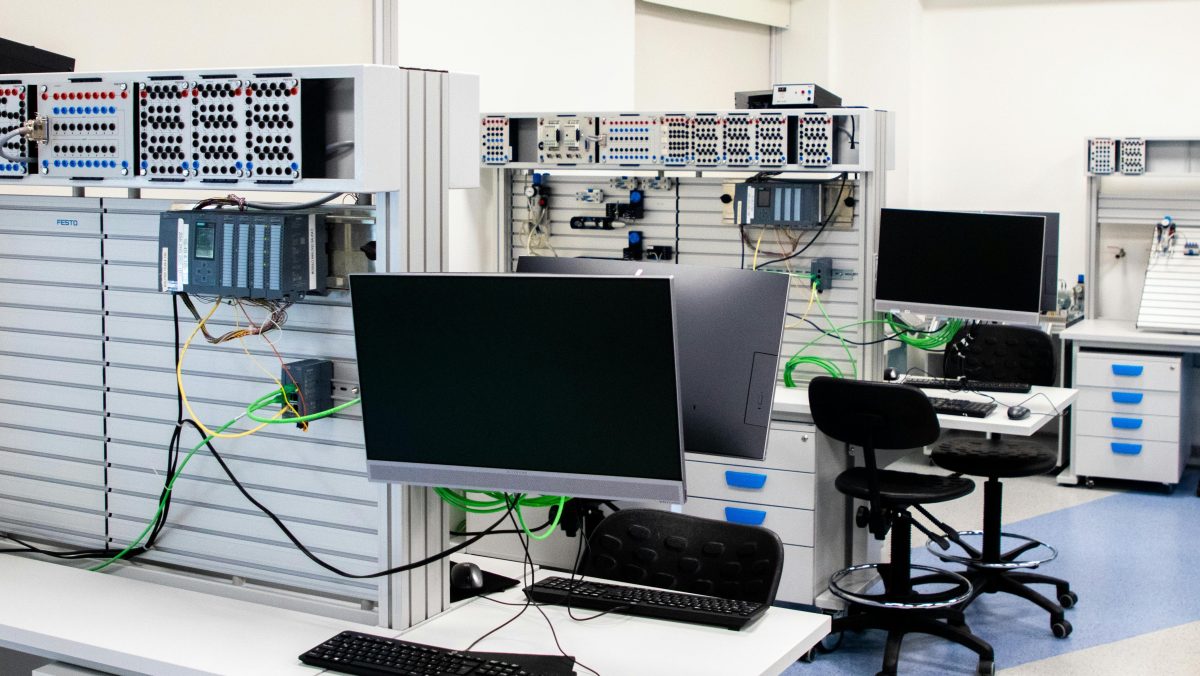This phase demands significant effort from engineering and deployment teams, who are tasked with ordering, modelling, and configuring a complex network infrastructure involving a wide array of equipment across multiple layers. These layers extend from customer access to data transport, aggregation, and concentration, ultimately connecting to core platforms that handle data and internet traffic.
To ensure the infrastructure is properly prepared and optimized to support traffic and user demands, technical teams must work intensively to create and build network capacity. Traditionally, this process involves numerous manual tasks, historical reviews, and the cross-referencing of multiple information sources — a time-consuming approach prone to human error. To address this challenge, Vivo, the commercial brand of Telefonica Brazil, has launched the Fractal Project as part of its Autonomous Network Journey (ANJ) program, aiming to introduce automation and intelligence into this critical phase of network development.
The Fractal project leverages Artificial Intelligence technologies to optimize Network Capacity Creation. Tasks previously performed manually, now have significant levels of automation and intelligence, becoming more autonomous. This reduces significantly the time required to complete this phase and minimizes errors possibility. In addition, the AI used in the Fractal Project enables more accurate and efficient data analysis, allowing our engineering and deployment teams to make better decisions. In an environment where agility and resource optimization are crucial, intelligent automation becomes a key advantage, transforming the way of networks are created.

Creating the network with the support of AI and inspired by Nature Algorithms
Fractal’s core mission is to deliver intelligent and efficient solutions for planning, expansion, and network creation in telecommunications. By maximizing resource utilization and minimizing construction errors, Fractal plays a crucial role in maintaining network quality and reliability.
One of Fractal’s key strengths is its self-adaptive nature, allowing it to adjust seamlessly to different geographical characteristics and population densities. Both urban and rural areas benefit from Fractal’s optimization of available resources, which are tailored to each area’s specific features. To achieve this, the project combines traditional machine learning algorithms with more sophisticated AI-driven algorithms to yield the best results.
Initially, traditional clustering algorithms like DBSCAN (Density-Based Spatial Clustering of Applications with Noise) are employed to identify geographic macro-regions with similar site densities. At this stage, the algorithm segments the scenarios based on the concentration of network nodes, ensuring a well-structured field study before applying more advanced techniques.
Next, nature-inspired algorithms are applied, offering powerful optimization capabilities for network creation despite their unconventional names. One algorithm is the Coral Reef Algorithm (CRA), which excels at efficiently organizing site clusters. CRA ensures that hubs are pre-defined, preventing unnecessary deactivation of sites with existing infrastructure. New hubs are only created when a cluster exceeds a predefined threshold, optimizing resource utilization. Additionally, CRA groups sites based on fiber distance to define sub-polygons, adhering to capacity constraints. Whenever possible, it reuses existing centroids and strategically defines new ones based on factors such as traffic demand and optimal location.

Following this, an internally developed algorithm known as House of Cats (HOC) is applied. Inspired by the social dynamics of a cat colony, HOC follows a predefined hierarchy and forms logical associations based on affinity.
The HOC algorithm establishes logical adjacencies between sites while adhering to hierarchy, topology, and IP layer robustness requirements. It constructs adjacency graphs that minimize the number of necessary connections while maintaining an efficient and cohesive network structure. By striking a balance between redundancy and resource optimization, HOC ensures that sites are interconnected both efficiently and resiliently. Additionally, it enforces constraints such as the maximum number of elements per loop or ring, guaranteeing a robust and well-balanced architecture.

(House of Cats Algorithm – HOC)
Finally, Dijkstra’s algorithm is employed to determine optimal paths, factoring in both the creation of new fiber optic networks and the reuse of existing optical infrastructure. This strategic approach minimizes costs associated with building new routes between sites, ensuring a more efficient and cost-effective network deployment.

The revolution in the way of AI-powered Networking Creation that Vivo is experiencing
The AI-driven automation embedded in Fractal empowers Vivo’s engineers to plan network expansion in a highly optimized and intent-driven manner, autonomously identifying the best expansion points and minimizing commissioning and maintenance costs. Additionally, thanks to its strong geolocation capabilities, Fractal operates within a closed-loop automation framework, ensuring that fiber optic paths between sites remain fully disjoint—completely separate—enhancing redundancy, self-managing capabilities, and resilience against failures or physical fiber cuts. This is crucial for maintaining uninterrupted network operations, even in cases of disrupted connectivity.
In scenarios where traditional algorithms may generate suboptimal results—such as overlapping infrastructure expansion in areas with existing deployments—Fractal’s AI-driven approach excels. By leveraging advanced AI models like Coral Reef and House of Cats, the system optimizes network clustering, making the best use of available infrastructure. These AI-driven algorithms not only enhance network efficiency but also improve coverage and connectivity, whether in densely populated urban environments or remote rural regions, ensuring tailored network adaptation to the unique demands of each area.
In the opinion of the Vivo´s Senior Manager of Backbone Engineering area, Renato Coy, Fractal accelerates and perform the development of projects more efficient:
“Fractal is an important initiative to accelerate the creation of the transport network, so we can massify 5G and improve our time-to-market launching new products and services. In addition to the agility achieved with Fractal to design the metro network, we are also ensuring that the topology is the most suitable in terms of resilience, quality, and financial efficiency. It is impressive how reliable and fast Fractal is to suggest and identify the best locations for the installation of the “network nodes” and determine the most efficient routes for the optical cables”.
Coy also highlights the advantages and improvements in the day-to-day use of Fractal in the productivity and assertiveness of teams:
“… we can see another important gain, that is in terms of the speed of project delivery in line with our strategy of accelerating the massification of 5G throughout the territory country. Projects that used be delivered in an average of 60 days, are now made in a standardized way, with more precision and in less than 1 week.“
The Fractal project is part of the Digital Transformation Program of the Vivo´s Network Transformation Area. In the words of his director Guilherme Silveira, the project transformed the way network creation is done at Vivo:
“I consider Fractal to be a crucial milestone in the context of Vivo’s Digital Transformation, since we were able to bring the use of ML algorithms into practice, raising our level of automation within a process as complex as network infrastructure construction. The project is a fundamental piece in our network automation journey, since, in addition to allowing us to be more efficient, it transforms into reality the potential we see in redefining our own way of acting, directing the focus of our teams to a new model of building the networks of the present and the future.”
Among other benefits, Fractal employs intent-based management, allowing technicians to define objectives, requirements, and constraints at a high level. Fractal then autonomously translates these inputs into precise actions, executing the requested intent while managing the complexity, variety, and heterogeneity of the network.
Another key advantage is Fractal’s ability to autonomously and intelligently determine the most efficient network design. It eliminates the need for manual confirmations or consultations across multiple systems within the network inventory ecosystem. As a result, Fractal has been instrumental in streamlining workflows and enhancing operational efficiency.
With this transformation, Vivo has effectively reached Autonomy Level 4 in Network Creation, as defined by the TM Forum standard, in the Creation and Planning processes of the Transmission Network. This milestone is marked by advanced intelligence, automated decision-making, and seamless inter-domain automation—setting a significant leap in network autonomy.
According to Nilmar Seccomandi, Autonomous Network & Infrastructure Director at Telefónica Group, “Fractal represents a major leap forward in network automation and intelligence, enabling Telefónica to accelerate the massification of 5G and improve operational efficiency. By reaching Level 4 on the TM Forum Autonomy Scale, we are not only enhancing network performance and resilience but also setting the foundation for a future where networks are truly self-optimizing and adaptive.”
The following KPIs demonstrate the impact on the Network Creation process:

Vivo’s networks are evolving towards full autonomy, aligning with Telefónica Group’s vision for digital transformation and technological innovation. Through this strategic initiative, Vivo is modernizing its operations by harnessing innovative technologies and sustained investment, ensuring it meets current demands while being well-equipped to tackle future challenges.











